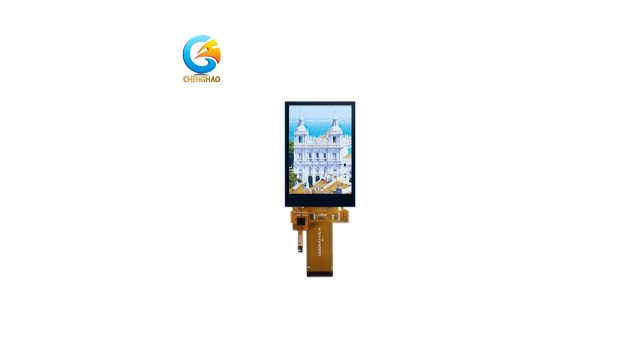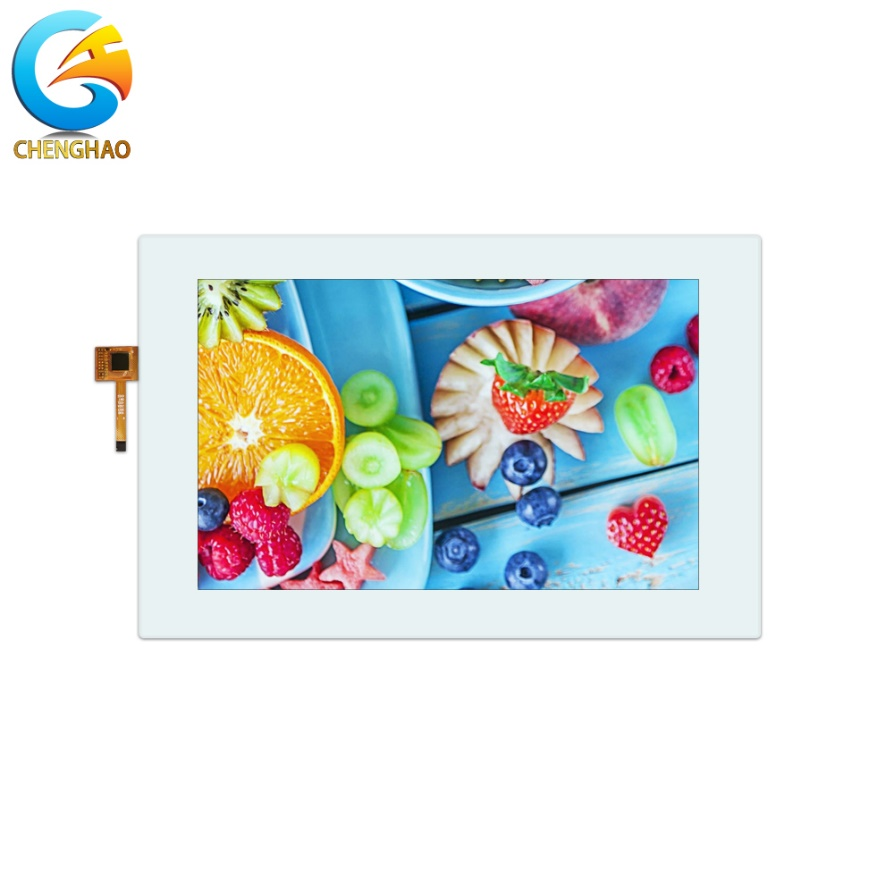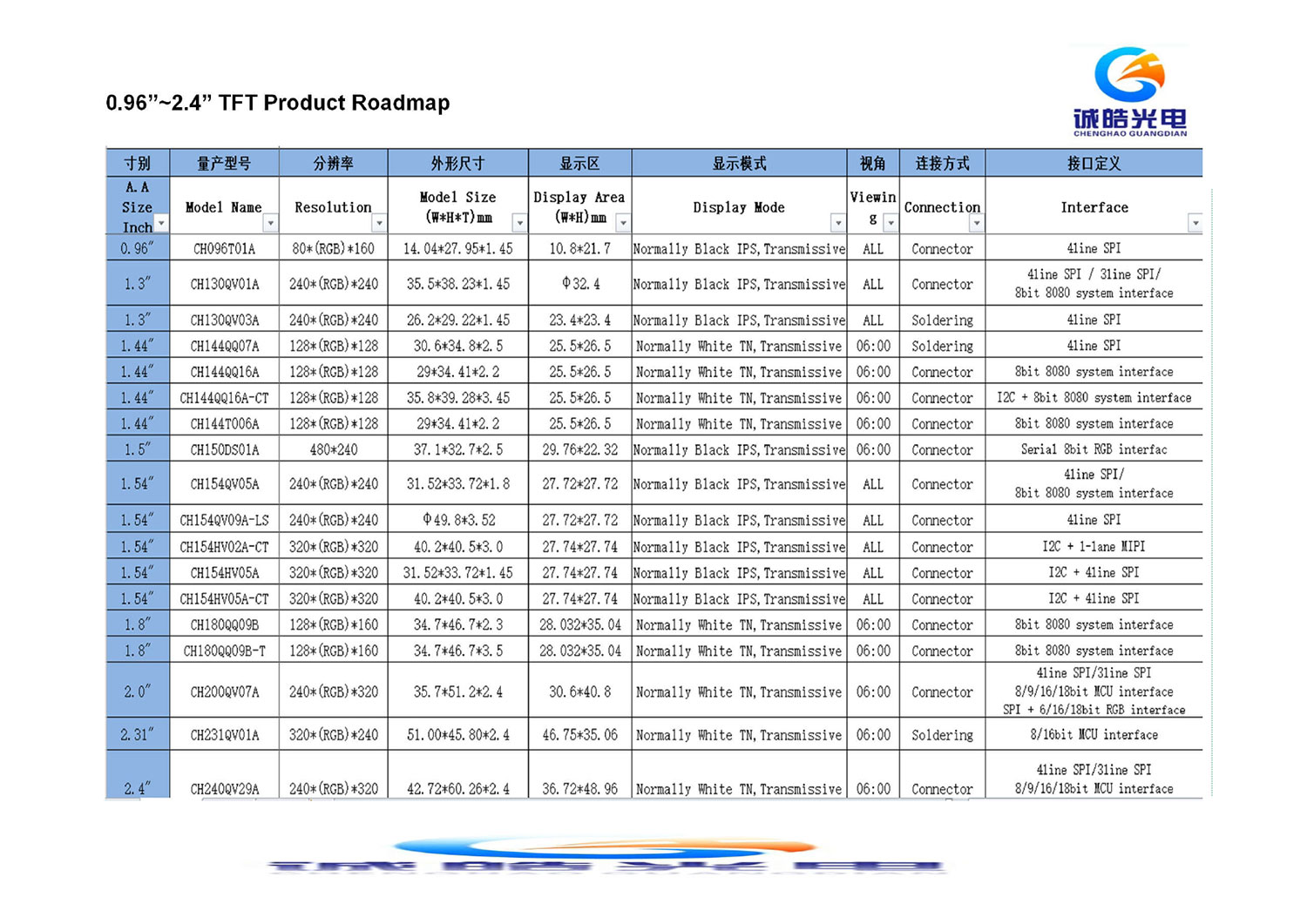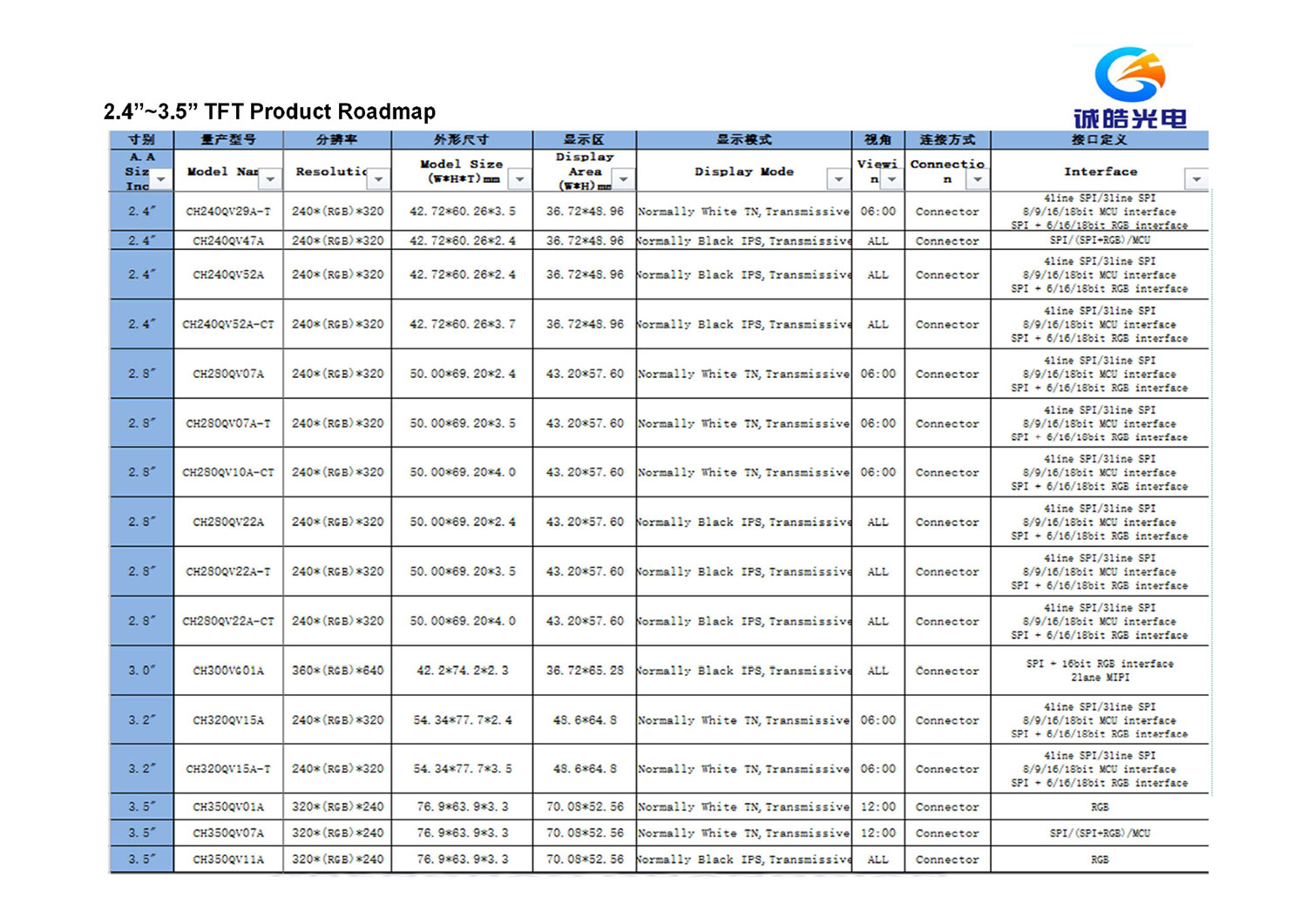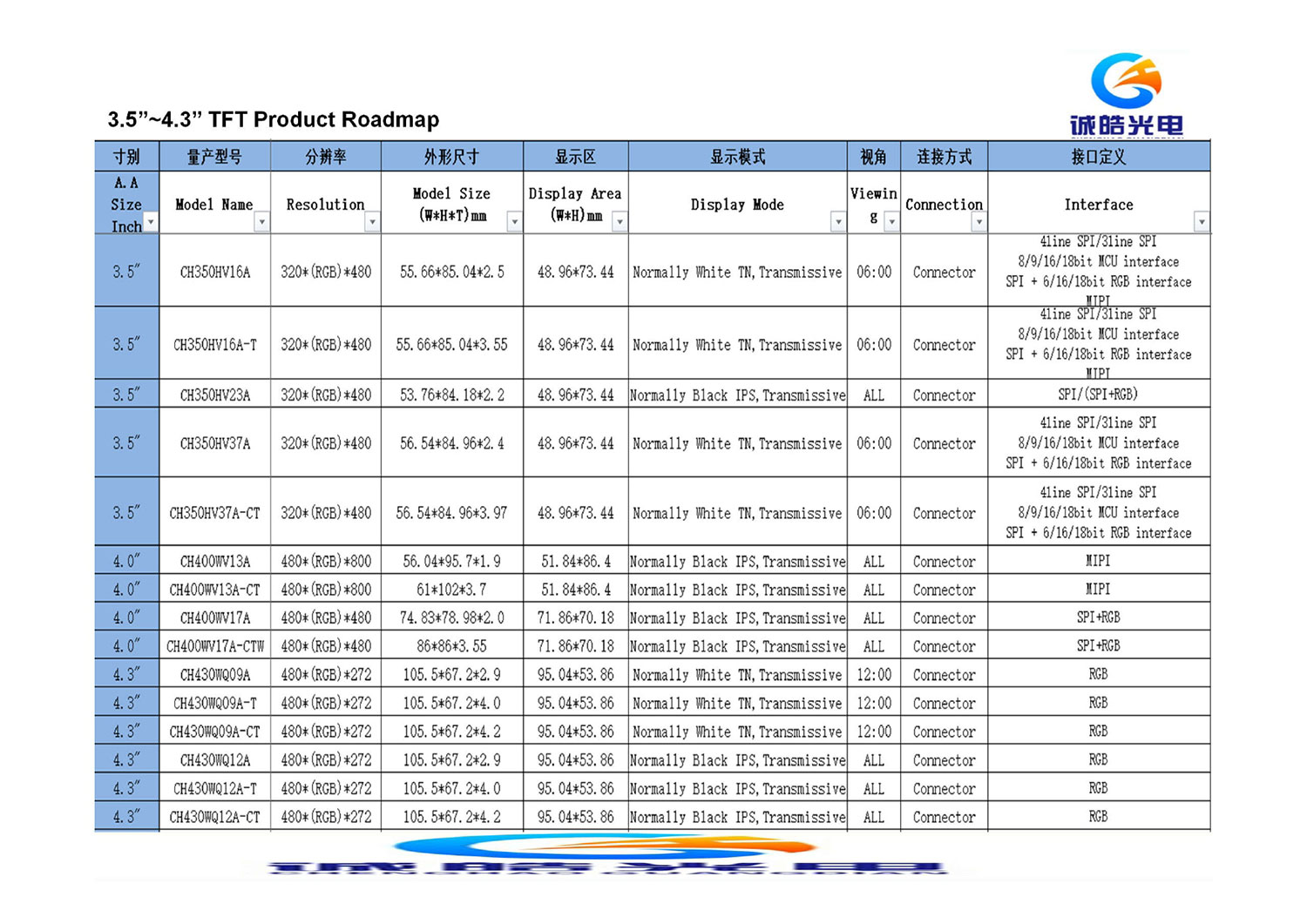Wide temperature industrial display?
2023-10-18
Industrial touch displays have high performance requirements due to their harsh usage environments such as high and low temperatures, dust, water, and oil stains in industry. Especially in high and low temperature environments, industrial display products face great challenges. So, the high bandwidth and temperature performance of industrial displays is very necessary.
Next, please follow Chenghao Display to explore how industrial displays achieve wide temperature usage? How will temperature changes affect industrial displays with different touch modes?

1、 Wide temperature mode and working principle
1) Method 1: Adopting low-temperature heating method
There are two methods of low-temperature heating: point by point heating and whole surface heating. The overall power consumption of such a display will increase by 4-6 times. For example, the power consumption of a 15 inch LCD display is 20w at room temperature (22 ℃) and 90-120w at low temperature (-40 ℃). This heating method makes it difficult for the machine to flow or restore the LCD during long-term use.
2) Method 2: Increase the brightness of the LCD screen
By developing a special high-voltage strip (capable of generating a starting voltage of 2000V-3000V) to turn on the backlight tube in a low temperature environment (-40 ℃), the enormous heat generated by the backlight tube heats up the liquid crystal. This method solves the problem of low temperature operation of the liquid crystal and visibility in sunlight, which is also known as the brightening method.
Disadvantages of Method 1 and Method 2: ① Both methods add many auxiliary components and reduce reliability. ② Assembly and production are relatively troublesome, which can easily cause defects and have a high defect rate The ability of the device to withstand impact and vibration decreases. ④ In the aging test, it was found that under an environment of 50 ℃, the aging speed was extremely fast, showing an acceleration increase, especially in the brightening mode, and the lifespan was only 1/10 of the normal.

3) Method 3: New liquid crystal high and low temperature application technology, the product can work normally at low temperatures without heating or brightening
The basic principle is as follows: Liquid crystals do not freeze or undergo a state transition at low temperatures (-40 ℃), otherwise neither heating nor brightening methods will work. Therefore, we have come up with the idea of using software to correct the drift of their electrical characteristics. Try to trigger the operation of liquid crystals at low temperatures. This requires adjusting the driving timing of the LCD, and so on. Through extensive experimental research and extensive application, this technology has become very mature. No matter how the ambient temperature changes, the normal operation of the liquid crystal can be ensured by widening the trigger timing and matching the corresponding driver.

2、 The influence of wide temperature on different touch screens
1) Capacitive screen
The working principle of a capacitive screen is to use a contact sensor to induce voltage on the conductor on the screen, thereby generating relative current. The touch point is measured by distance. In low temperatures, the moisture content on the surface of the hand's skin is low, and the conductivity of dry and cold skin is poor. At the same time, when the ambient temperature is low, the performance of the sensor will also be affected, and industrial touch displays cannot recognize the touch position well, resulting in touch screen malfunction. The working temperature of touch screens is usually between -5 ℃ and+60 ℃, especially in winter, where the northern region is more affected.
2) Resistive touch screen
The resistive touch screen is less affected. On the one hand, it is due to the different processes used, which are connected and operated through micro circuits on the touch screen, and are weakly affected by the temperature. On the other hand, the technology level of the resistance screen is relatively mature, and the materials used are able to withstand testing and continue to be used. The temperature requirement of the resistance screen is between -20 ℃ and 65 ℃, which can meet the vast majority of usage environments.
3) Infrared touch screen
The accuracy of infrared touch screens is completely unaffected by current, voltage, and static interference, making them suitable for various lightly polluted environmental conditions. However, infrared touch screens are limited due to their single sensor, susceptibility to damage, aging, and the inability of the touch interface to withstand pollution, destructiveness, and maintenance complexity. When the temperature is extremely low, the static electricity generated during the use of industrial displays is prone to adsorbing dust, which in turn affects their use. Suitable for use in the aerospace industry.
4) Surface acoustic screen
It indicates that the sonic touch screen has extremely high clarity, a light transmittance of 92%, the best scratch and wear resistance, sensitive response, and accuracy completely unaffected by environmental factors such as temperature and humidity. Relatively speaking, the cost of construction and maintenance is also relatively high. The surface acoustic screen requires regular maintenance. If dust, oil, or even liquid stains on the surface of the touch screen, it can cause the guide groove on the surface of the touch screen to block, causing sound waves to not be emitted normally or causing waveform changes that the controller cannot recognize correctly. Therefore, strict attention needs to be paid to environmental hygiene, and the surface of the touch screen must be regularly wiped to keep it smooth and clean, and a comprehensive and thorough wipe must be performed regularly. If water vapor condenses or oil stains on the surface of the acoustic screen in winter, cleaning it is also quite troublesome.
























































